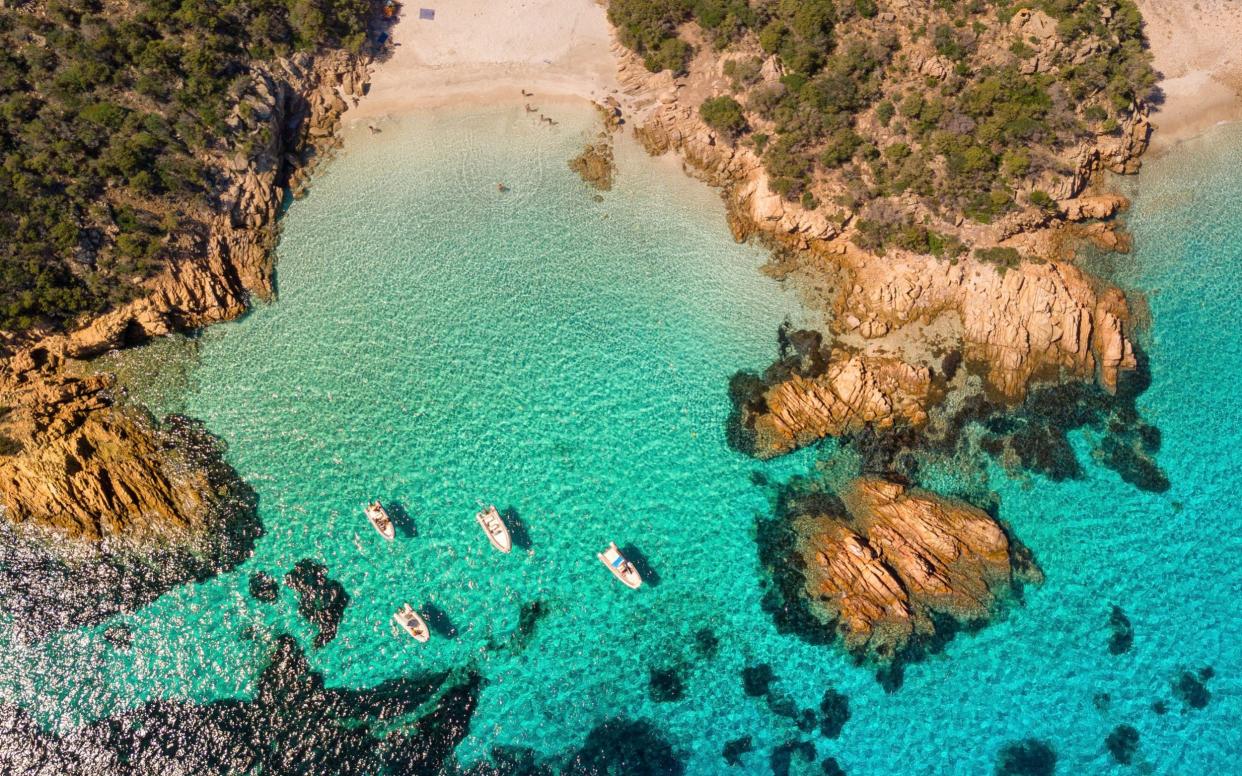What does the latest travel announcement mean for the rest of the summer?

At last we are travelling again. Friday’s announcement confirmed the lifting of the ban on foreign holidays from May 17 and the “traffic light” rating for countries around the world. It is excellent news and, obviously, a huge amount of attention is being given to those with a “green” listing – particularly Portugal, Gibraltar, Iceland and Israel – which you will be allowed to visit without having to self-isolate on your return.
As the only European sun and sand destination rated green, Portugal is a major bonus on the list. Its recent response to Covid has been a huge success story. From January 15 to March 19, after a massive surge in infections it languished on the UK’s red list. A strict lockdown proved highly effective however, and the infection rate in Portugal came down even faster than ours. It is now one of the lowest in Europe, despite a vaccination rate of half that in Britain.
But, though the news about Portugal is especially welcome, for me it is the confirmation of the amber status of the other countries in Europe – and what this means for the rest of the summer – which is the most important aspect of the latest developments. Amber means that you will have to self-isolate for ten days on your return – as well as pay for PCR tests on days two and eight (you could also book an additional test to shorten your quarantine by three or four days). This creates some interesting tensions for those of us who are desperate to get travelling again.
First, it’s vital to emphasise that, whether or not we can travel to a country is not simply dependent on the traffic light status given to it by the UK. We need to be allowed in. For example, while Italy and Greece are planning to open to tourism in mid-May, Spain is still under a national state of emergency until the end of the month and is not re-opening until June. The exact date is still to be confirmed, though the 9th looks likely, which is the same date when tourism to France looks likely to restart. Meanwhile, Australia and New Zealand have both been rated green, but their borders will almost certainly be closed to visitors for the rest of 2021.
There may also be some regional variations in European countries. Italy, for example, currently has different restrictions in different zones – the Aosta Valley is still in effective lockdown in a red zone and Sardinia has only just been moved out of a red-rating. Hopefully, such local restrictions will lift soon, but it is important to be aware of potential hiccups.
Looking further ahead – and assuming infection rates continue to fall – there is an excellent chance that all the key Mediterranean countries, plus perhaps the US and a decent selection of other destinations around the world, will have been given green status from the government by the beginning of July. The Transport Secretary, Grant Shapps, said that reviews will happen every three weeks, including on June 7 and 28. Turkey may take significantly longer given that it has just moved onto the red list.
In the meantime, travellers who are relaxed about the prospects of having to self-isolate on their return, have a tempting six weeks ahead of them. Europe will be a happy hunting ground for booking a spontaneous holiday. Whether you want a city break, a villa in the country of a week on a sunny beach there will no shortage of accommodation and – assuming you can be a little flexible on the day and time you travel – finding a good-value flight should also be straightforward. The main downside, highlighted by Mr Shapps, is the risks of longer delays at airports as returning passengers are processed.
Those who are not able to self-isolate have Portugal to look to. Availability will be tighter in the next few weeks, but not impossible to find. And by early July, while the world may not yet be our oyster, it looks as though we should have a decent choice of holidays to look forward to.

